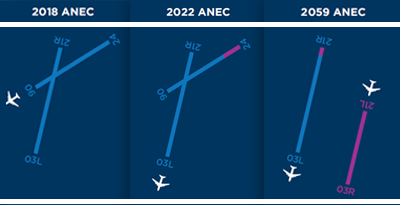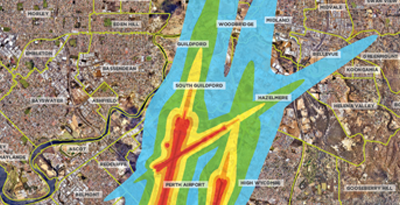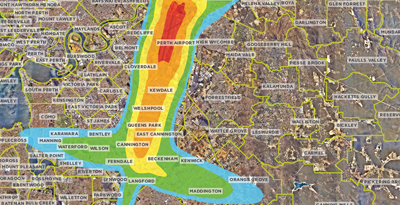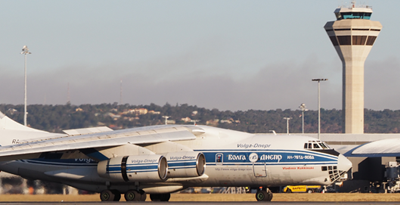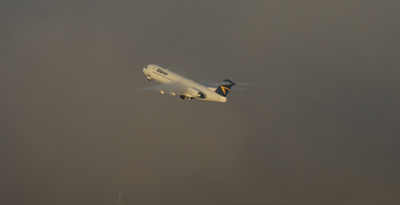Perth Airport has adopted a ‘composite’ Australian Noise Exposure Forecast (ANEF) which reflects a combination of two Australian Noise Exposure Concepts (ANEC) that are based on potential future operating modes.
The ‘composite’ ANEF is created by taking the worst case (outer contour lines) of the two ANECs.
| ANEC 1 The first ANEC reflects the existing runway system, considers future extensions of the main (03/21) and cross runway’s (06/24) and looks at when this operating mode would reach capacity. This ANEC provides a capacity of approximately 190,000 aircraft movements per annum which is the maximum movements on this system. |
 |
ANEC 2 The second ANEC (ANEC 2) is based on the long-term airfield layout including the construction of the proposed new runway (03R/21L) parallel to the existing main runway (03L/21R), which is subject to approval. This scenario can accommodate approximately 362,000 annual aircraft movements and is consistent with the anticipated level of activity once the airport is again starting to reach capacity during the peak periods. |
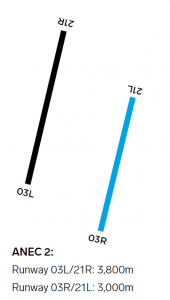 |
For background information on ANEF or ANEC noise contours click here.
